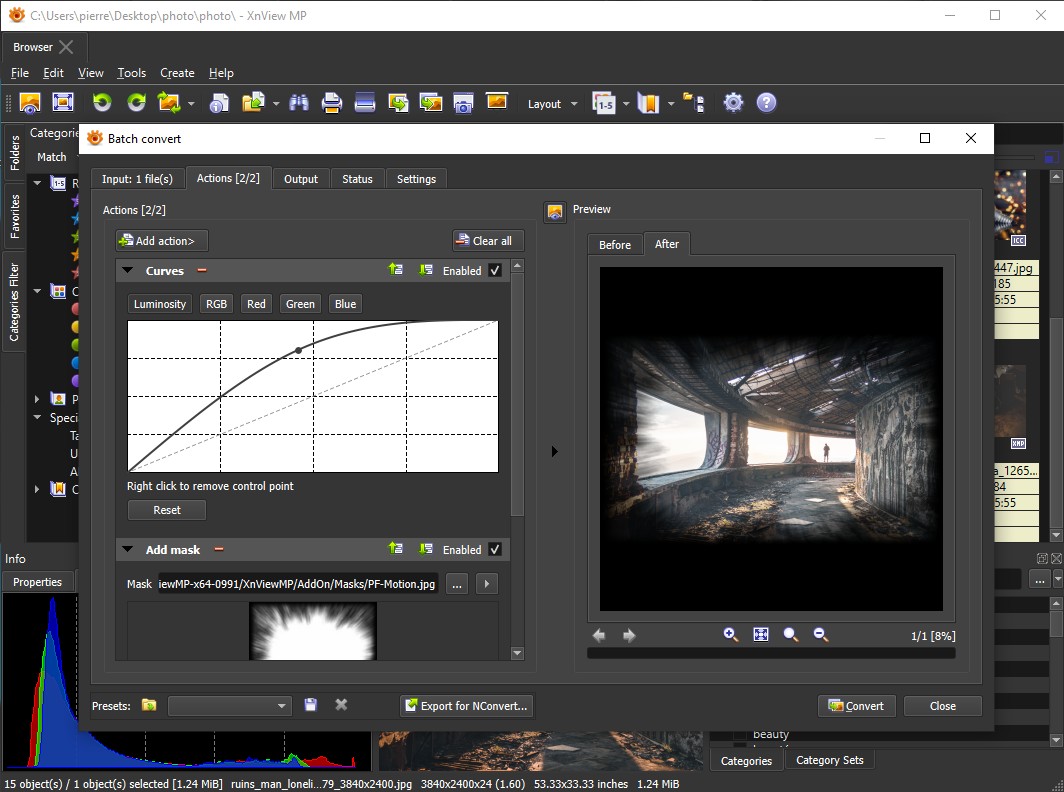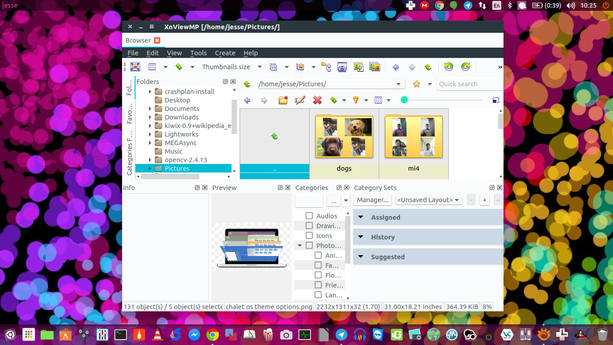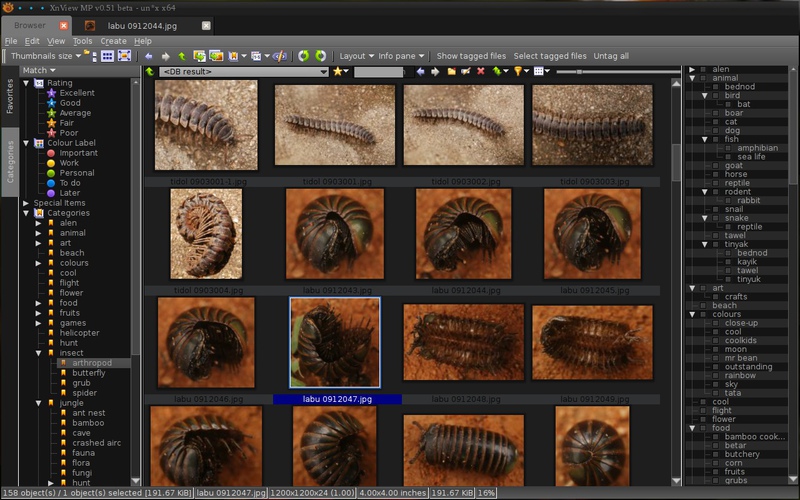
- #Xnview mp edit read lightroom category write back update#
- #Xnview mp edit read lightroom category write back windows 7#
- #Xnview mp edit read lightroom category write back free#
FileMeta is a light, simple product incorporating an extension to Explorer.
#Xnview mp edit read lightroom category write back free#
This gap in Windows functionality has been addressed in the free product FileMeta from developer Dijji. Property handlers now needed to be defined for each file type to be tagged.
#Xnview mp edit read lightroom category write back windows 7#
With Windows 7 and its successors the approach to file metadata changed, with native support for tagging only provided for Office and a few other file types (not including PDF). In Windows XP the term keyword was used rather than tag, and tags (or keywords) could be applied to any type of file, through the extensive metadata support provided by the NTFS filesystem. Windows has included search by tag using the syntax tag:tagname in the search box since Windows 7. Type Ctr-F and enter the product name to see more details.

Other applications included in this review are listed below. TagSpaces Any Any File No No No Yes No 3.5 SetTags Win Any File Yes Yes Yes Yes Yes 4.5įor Windows XnView MP Any Images No No No No No 4 Track Cloud Rating For Emails URLS Users Moves Support (Stars) Tabbles Win Any File Yes Yes Yes Yes Yes 4.5 To locate these in this article type Ctrl-F and enter the name of the product. More detailed descriptions of these and other applications follow. The table below gives a quick comparison of the leading specialized offerings, with links to the product home page. In some cases, the facility is part of a broader capability (such as that provided by document management systems and many Microsoft Office applications). Tagging can be performed by a multitude of applications. For this reason, good help functionality is particularly important in tagging applications. Whilst simple tasks (such as adding tags or retrieving documents by tag) can be made self-evident, the nature of document management using tags is such that less common tasks, such as deleting, merging, or changing existing tags invariably become necessary and making these self-evident is much harder.

"Operation should be self-evident" they often say. Most users dislike accessing application help documentation.
#Xnview mp edit read lightroom category write back update#
TagTool downloads do not seem to be available from software libraries and the most recent update was in 2012. Although these stopped being developed many years years ago, downloads are still available for Tag2Find but the product does not run in Windows 10. The demand for an improvement on Windows tagging facilities has been present for a long time, and a number of 32-bit applications appeared to meet this need. SetTags and TagSpaces use this approach, with SetTags additionally using the target tracking property of Windows shortcuts to allow files to be retrieved by tag after moves or renames.

This is more robust than the database approach and allows tagged items to be retrieved on any platform using only native search, but changing the names of folders and files will result in files that are linked by paths (such as linked Excel spreadsheets) having their links broken. As free versions of software frequently limit the number of files stored or the number of tags applied, it is difficult to test performance in this situation.Īnother approach to tagging is to embed the tags into the file or folder name. Database performance becomes a critical factor if many thousands of file links are stored. Searching replaces folder browsing in the database architecture. It represents what File (once Windows) Explorer could have been. XYplorer is actually a file manager closely resembling File Explorer, but with additional tagging functionality. They also observed that users had a much richer concept of information than folders or tags or a combination of them could represent. The authors concluded that neither tagging nor folders was superior to the other for information retrieval: best results were achieved by combining their use. A study was conducted in 2008 compared tag and folder-based retrieval on email messages with two clients, one labeling messages with tags and the other grouping them into folders. Historically, a hierarchical folder structure is easier to implement than a tag retrieval system and much more suited to fixed structures such as computer operating systems.

The conventional approach has been to put them into a hierarchical folder structure, but with the advent of mobile devices with small screens and the requirement for minimal user cognitive load, the filesystem has become completely hidden and file managers are not part of the main operating system. He has developed niche software for information management.įinding electronic documents and emails can be a problem. Simon has been involved in software development since the days of paper tape.


 0 kommentar(er)
0 kommentar(er)
